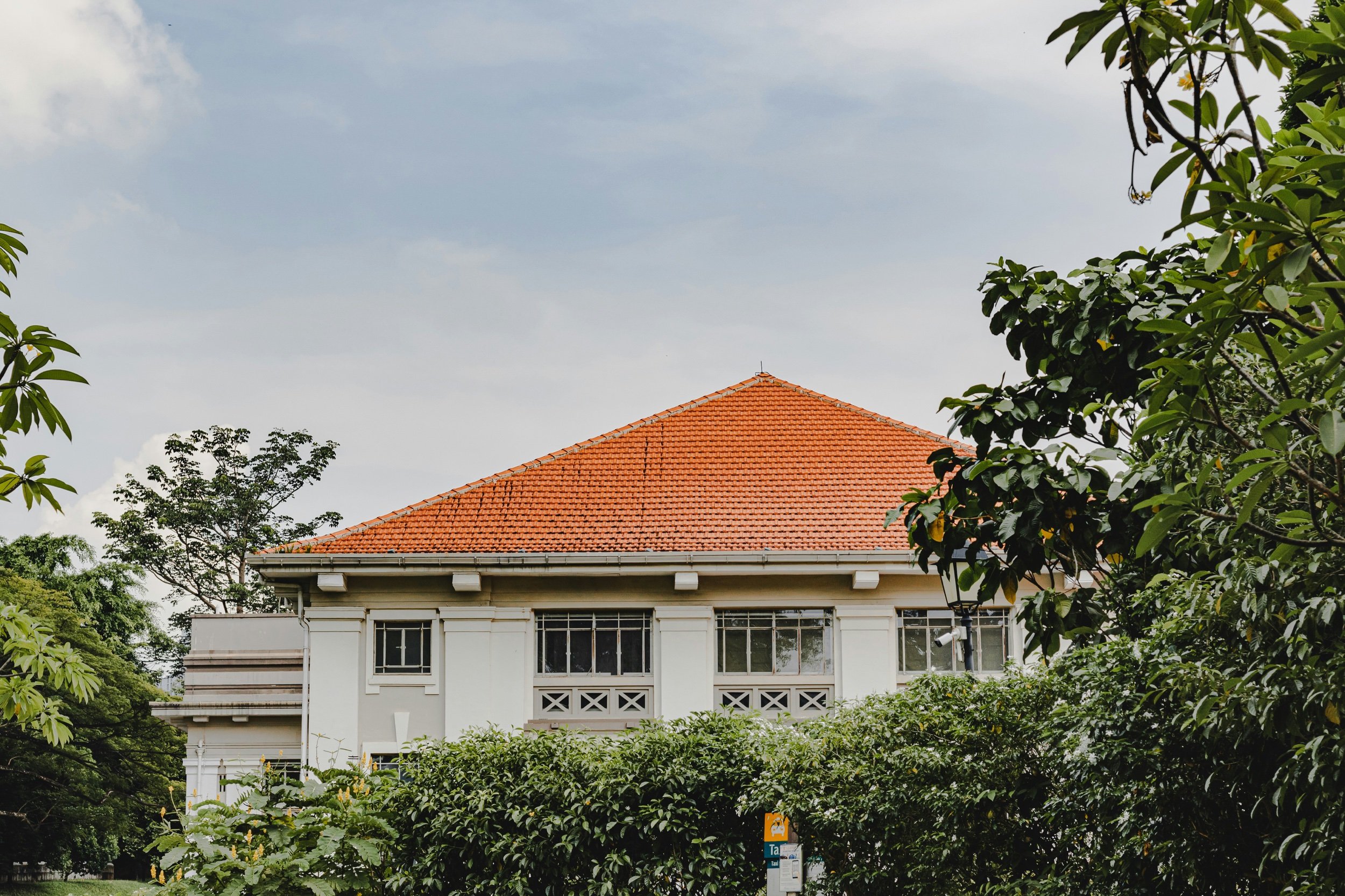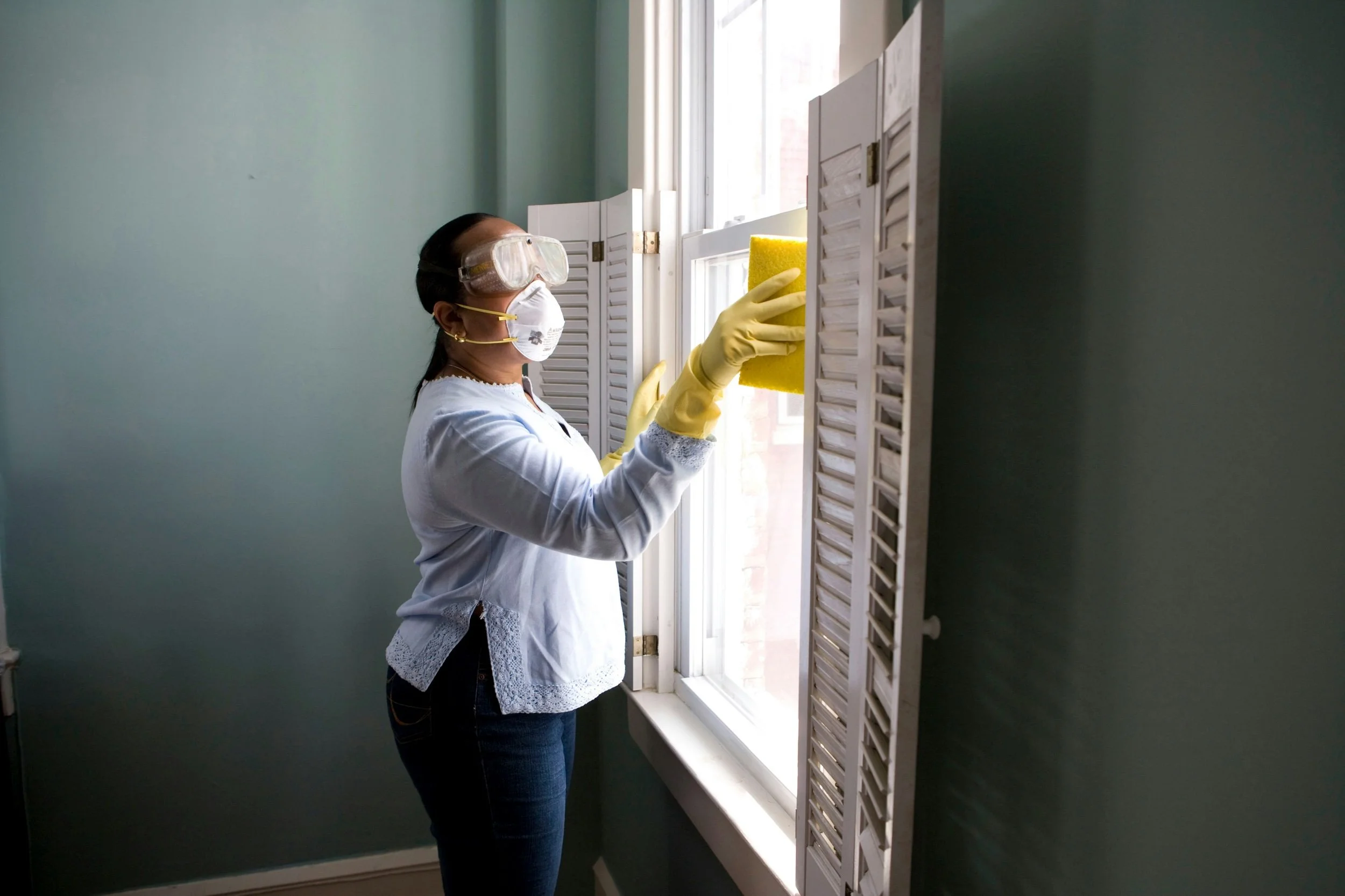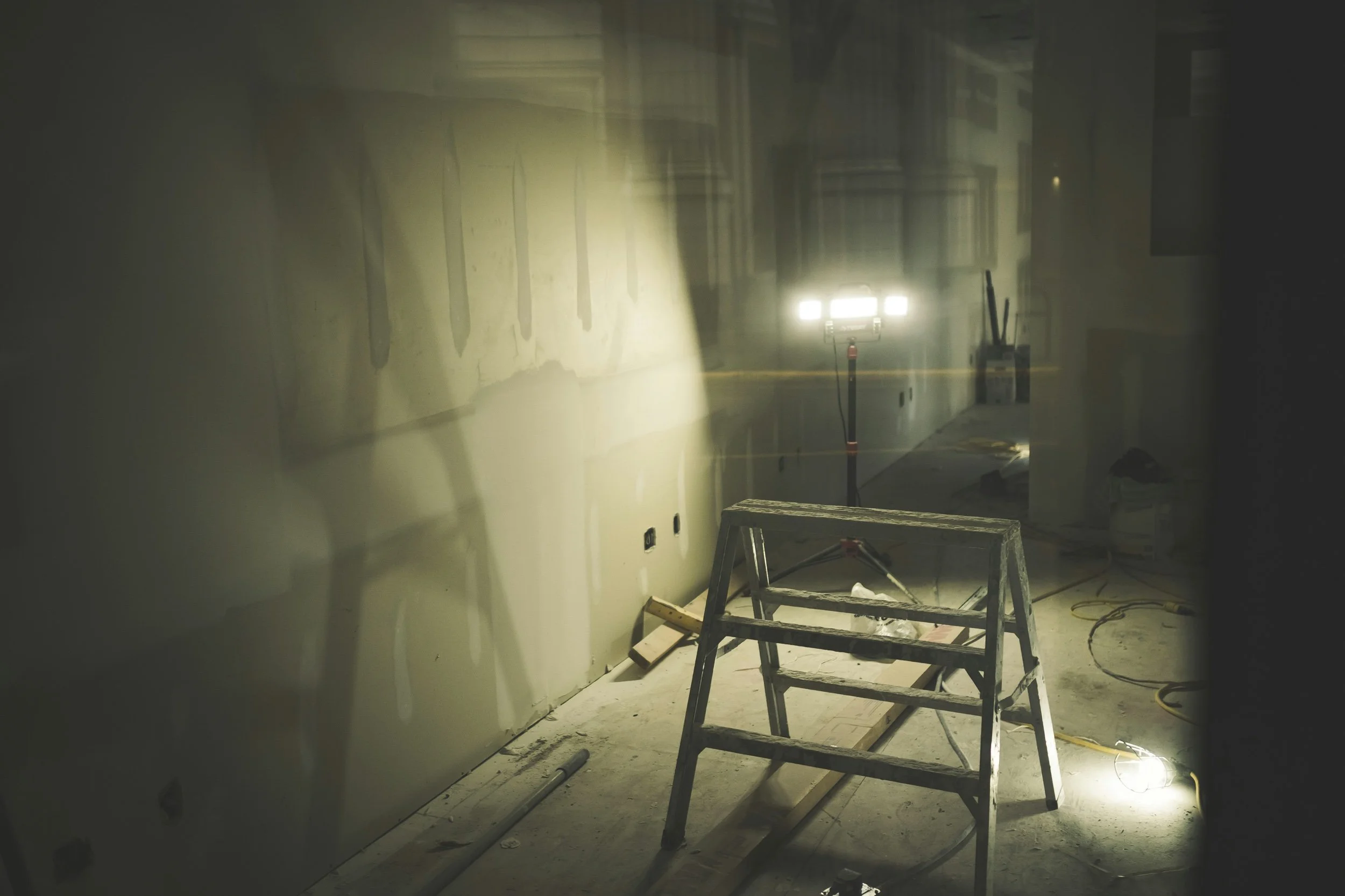The Role of a Roofing Company in Ensuring Proper Roof Drainage
Proper roof drainage is essential for maintaining the structural integrity of a building and preventing water-related damage, notes the East Bay Property Management experts. Rainwater can pool on the roof without effective drainage systems, leading to leaks, mold growth, and structural deterioration. Roofing companies are critical in designing, installing, and maintaining drainage systems that ensure water is efficiently directed away from the roof and foundation. We will explore how roofing companies contribute to proper roof drainage, highlighting the importance of their services in protecting homes and businesses from water damage.
Ways roofing companies contribute to proper roof drainage
1. Assessing the Roof’s Drainage Needs
A roofing company's key responsibility is to assess a building's unique drainage needs. Roofs come in various designs, including flat, sloped, and curved, each requiring specific drainage solutions. The materials and the local climate also influence how water behaves on the roof surface.
During an assessment, roofing professionals from Village Roofs evaluate factors such as the roof’s slope, the placement of gutters and downspouts, and any existing drainage issues. For example, a flat roof may require additional drainage features, such as scuppers or internal drains, to prevent water accumulation. In contrast, sloped roofs rely on gravity to channel water toward the edges, collected by gutters and directed away from the building.
This assessment helps roofing companies identify potential problems, such as clogged gutters, inadequate slopes, or poorly positioned drains. By understanding the roof's specific needs, they can recommend effective solutions to improve drainage and protect the building from water damage.
2. Designing and Installing Drainage Systems
Once the roof’s drainage needs have been assessed, roofing companies design and install systems to manage water flow effectively. Proper design is critical to ensure that rainwater is directed away from vulnerable areas, such as seams, joints, and the building’s foundation.
For sloped roofs, gutters and downspouts are the primary components of the drainage system. Roofing companies ensure these elements are installed correctly, with the appropriate slope and capacity to handle heavy rainfall. They also select materials that are durable and resistant to corrosion, ensuring long-term performance.
Flat roofs require specialized drainage solutions, such as internal drains or scuppers, to prevent water from pooling. Internal drains are installed at low points on the roof and connected to a system of pipes that carry water away from the building. Scuppers allow water to flow off the roof's edges and into downspouts. Roofing companies carefully position these features to ensure efficient water removal and reduce the risk of blockages.
By designing and installing drainage systems tailored to the building’s needs, roofing companies help prevent water-related issues and extend the roof's life.
3. Maintaining and Repairing Drainage Systems
Regular maintenance is essential to keep roof drainage systems functioning effectively, and roofing companies provide valuable services to ensure this. Over time, debris such as leaves, dirt, and twigs can accumulate in gutters and drains, obstructing water flow and causing backups.
Roofing companies offer cleaning services to remove debris and restore the drainage system’s capacity. This is particularly important during seasonal changes, such as autumn, when falling leaves can clog gutters, or winter, when ice and snow can block drains. Addressing these issues promptly helps prevent water from pooling on the roof or overflowing onto the building’s exterior.
In addition to cleaning, roofing companies inspect drainage systems for signs of damage or wear. Cracks, rust, or loose connections can compromise the system’s performance, leading to leaks or structural damage. By identifying and repairing these issues early, roofing companies ensure that the drainage system continues to protect the building effectively.
4. Addressing Drainage Challenges on Flat Roofs
Flat roofs present unique challenges when it comes to drainage, as their low slope makes it difficult for water to flow off naturally. Roofing companies are vital in addressing these challenges by implementing innovative solutions that prevent water from accumulating.
One standard solution is the installation of tapered insulation, which creates a slight slope on the roof surface to direct water toward drains or scuppers. This approach improves drainage while maintaining the roof’s functionality and appearance.
Another strategy involves using advanced materials, such as waterproof membranes, to create a barrier that prevents water infiltration. Roofing companies carefully install and seal these membranes to ensure reliable protection against leaks.
By addressing the unique challenges of flat roofs, roofing companies help property owners avoid costly water damage and maintain the durability of their roofs.
5. Preventing Ice Dams and Winter Drainage Issues
Winter weather can pose significant challenges for roof drainage, particularly in regions prone to heavy snowfall and freezing temperatures. Roofing companies are crucial in preventing ice dams and other winter-related issues that can compromise drainage.
Ice dams occur when heat from the building melts snow on the roof, causing water to flow toward the edges where it refreezes. This creates a barrier that traps additional water, leading to leaks and damage. Roofing companies address this issue by improving attic insulation and ventilation, which help maintain a consistent roof temperature and prevent snow from melting unevenly.
In addition to addressing ice dams, roofing companies install heat cables or snow guards to enhance winter drainage. Heat cables melt ice along the roof edges, while snow guards prevent large amounts of snow from sliding off suddenly and damaging gutters or downspouts.
These solutions ensure drainage systems remain functional throughout the winter, protecting the roof and the building from seasonal challenges.
6. The Long-Term Benefits of Proper Roof Drainage
Proper roof drainage, with the help of a roofing company, offers numerous long-term benefits for property owners. Effective drainage systems protect the building from water damage, including leaks, mold growth, and structural deterioration. They also prevent erosion around the foundation, reducing the risk of costly repairs.
Proper drainage extends the roof's life by preventing water from pooling, which can lead to material degradation and increased wear and tear. It also enhances energy efficiency by reducing the risk of moisture infiltration, which can affect insulation performance and indoor air quality.
By partnering with a roofing company to design, install, and maintain drainage systems, property owners can enjoy peace of mind knowing their roofs are well-equipped to handle the challenges of rain, snow, and ice.
Roof drainage is critical to maintaining a safe and durable building, and roofing companies play a central role in ensuring its effectiveness. From assessing drainage needs to designing and maintaining systems, their services protect homes and businesses from water-related damage. By addressing challenges such as debris buildup, flat roof drainage, and winter issues, roofing companies provide comprehensive solutions that extend the roof's life and enhance the property’s value. Proper roof drainage is an investment in long-term protection and functionality, making it an essential consideration for every property owner.



